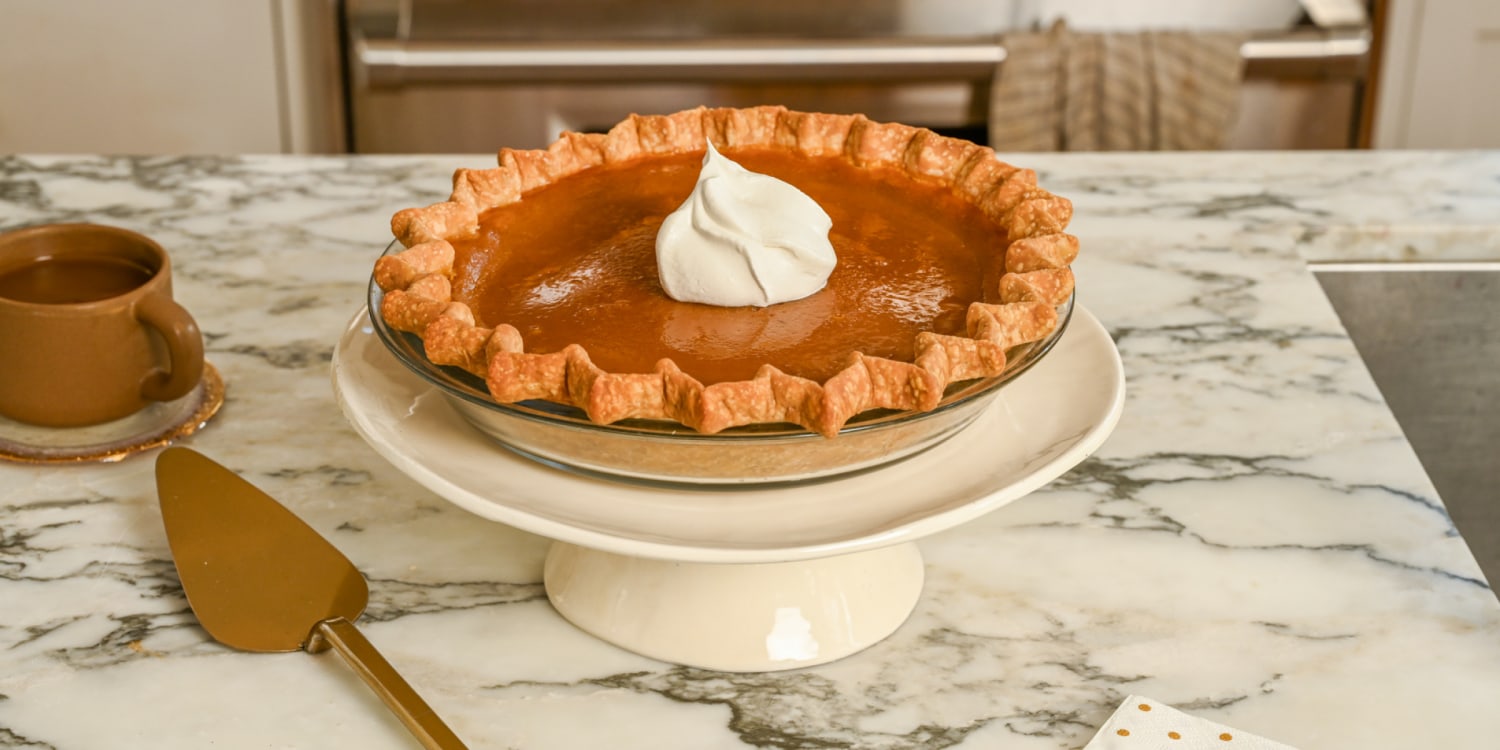Essential Tools for Perfect Pie Crusts: Must-Have Equipment for Flaky, Tender Pies

Crafting a perfect pie crust—flaky, tender, and golden—is an art that starts with the right tools. At Delights Bakery, we believe that having the proper baking essentials can make all the difference in achieving that coveted texture. In this guide, we’ll explore the must-have pie crust tools to help you create flaky pie crusts and tender pies. Whether you’re a novice or a seasoned baker, these baking equipment tips will elevate your pie game. Let’s dive into the essentials for pie perfection!
Why the Right Tools Matter
A great pie crust relies on precision and technique, and the right tools ensure:
- Consistency: Even dough thickness for uniform baking.
- Texture: Cold ingredients and minimal handling for flakiness.
- Ease: Streamlined processes for stress-free baking.
- Presentation: Professional-looking crusts for stunning pies.
A Personal Journey
At Delights Bakery, our early pie crusts were tough until we invested in quality tools. A memorable apple pie for a family gathering turned out perfectly flaky after using a proper pastry cutter and rolling pin, inspiring us to share our favorite pie making tools with you. These tools transformed our pies, and they can do the same for yours!
Essential Pie Crust Tools
Here’s a rundown of must-have tools and their roles in creating flaky, tender pie crusts:
| Tool | Purpose | Why It’s Essential | Tip |
|---|---|---|---|
| Pastry Cutter | Cuts butter into flour | Creates pea-sized crumbs for flaky layers | Choose one with sturdy blades |
| Rolling Pin | Rolls dough evenly | Ensures uniform thickness for even baking | Use a heavy, non-stick pin |
| Pie Pan | Holds and shapes crust | Conducts heat for golden crusts | Opt for 9-inch glass or metal |
| Pastry Brush | Applies egg wash or butter | Adds shine and color to crust | Silicone brushes are easy to clean |
| Bench Scraper | Cuts and transfers dough | Keeps dough handling minimal | Metal scrapers are durable |
| Measuring Cups/Spoons | Measures ingredients precisely | Ensures accurate flour-to-fat ratios | Use dry cups for flour, liquid for water |
| Pie Weights | Prevents crust bubbling | Maintains shape during blind baking | Ceramic or dry beans work well |
How These Tools Create Flaky, Tender Crusts
Each tool contributes to the science of a perfect pie crust:
- Pastry Cutter: Cuts cold butter into flour, creating small fat pockets that melt during baking, forming flaky layers.
- Rolling Pin: Rolls dough to 1/8-inch thickness, ensuring even baking without dense spots.
- Pie Pan: Glass pans show browning progress; metal conducts heat for crisp crusts.
- Pie Weights: Prevent puffing during blind baking, maintaining a flat base for fillings.
- Pastry Brush: Applies egg wash for a glossy, golden finish.
Tips for Using Pie Crust Tools
- Keep Tools Cold: Chill the pastry cutter and rolling pin to keep butter from melting.
- Flour Lightly: Dust the rolling pin and surface sparingly to avoid tough dough.
- Use a Glass Pie Pan: Check crust browning easily through transparent glass.
- Rotate Dough: Turn dough 90 degrees while rolling for even thickness.
- Clean Tools Promptly: Wash tools after use to prevent butter buildup.
Common Mistakes to Avoid
- Overworking Dough: Handle minimally to prevent tough crusts; use a bench scraper to move dough.
- Skipping Pie Weights: Without weights, blind-baked crusts may bubble or shrink.
- Using Warm Tools: Warm tools melt butter, reducing flakiness.
- Inaccurate Measurements: Measure flour by weight (125g per cup) for precision.
Budget-Friendly Alternatives
- Pastry Cutter: Use two forks or a food processor (pulse briefly).
- Pie Weights: Substitute with dried beans or rice wrapped in foil.
- Rolling Pin: A wine bottle or cylindrical glass can work in a pinch.
- Bench Scraper: A sturdy spatula or knife can serve as a substitute.
Frequently Asked Questions
Do I Need a Food Processor for Pie Crusts?
No, a pastry cutter works well; food processors can overmix if not careful.
Can I Use a Ceramic Pie Pan?
Yes, but glass or metal conduct heat better for crisp crusts.
How Do I Prevent a Soggy Bottom Crust?
Blind bake with pie weights and brush with egg wash before filling.
What’s the Best Rolling Pin Material?
Wood or marble pins are ideal for weight and temperature control.
Choosing the Right Flour for Every RecipeFinal Thoughts
The perfect pie crust starts with the right pie crust tools, and at Delights Bakery, we’re passionate about helping you achieve flaky, tender results. Equip your kitchen with these baking essentials, try our tips, and share your pie successes in the comments—your creations might inspire our next baking tips post!

Comments
Post a Comment